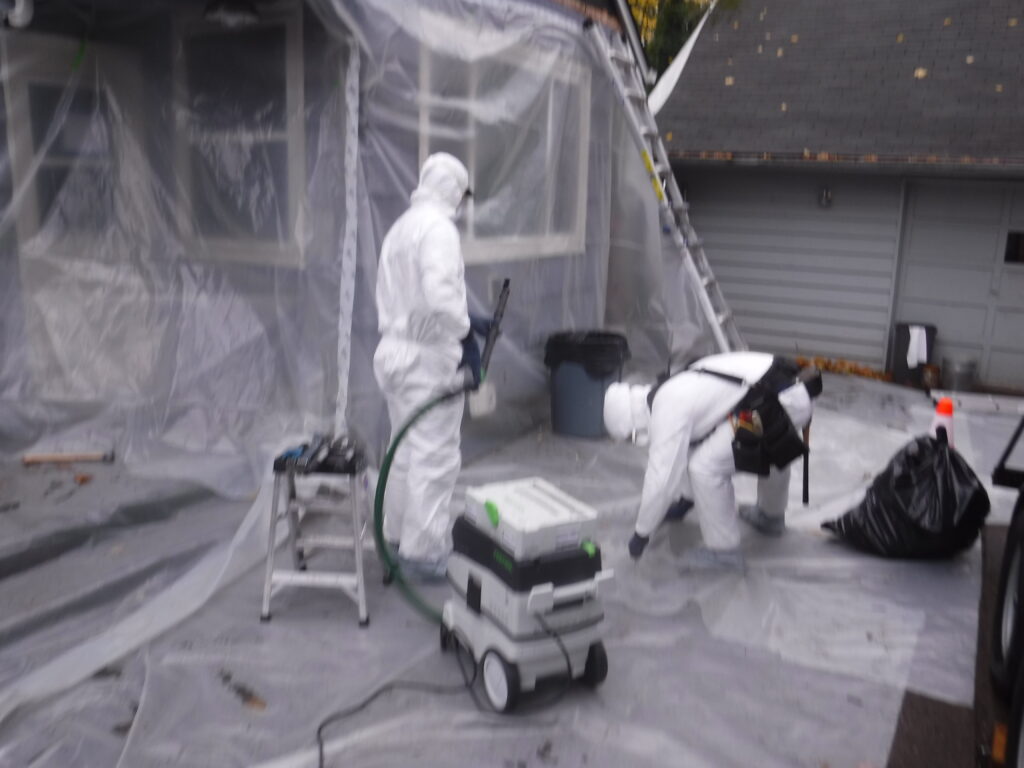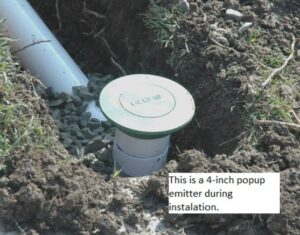When it comes to maintaining a safe and healthy home, one term that often comes up—especially for owners of older properties—is lead abatement San Antonio TX. But what exactly does lead abatement involve? How does it differ from lead paint removal, and why should homeowners care?
This comprehensive guide unpacks everything you need to know about lead abatement, explains the risks of lead exposure, and offers practical tips to protect your family and property.
What Is Lead Abatement? Is It the Same as Lead Paint Removal?
Defining Lead Abatement
Lead abatement refers to a range of methods designed to permanently eliminate lead hazards from a property. It’s a broader process than just lead paint removal. While removing lead paint is one key aspect, lead abatement may also include:
• Encapsulating lead surfaces with special sealants
• Replacing lead-contaminated windows, doors, or fixtures
• Cleaning lead dust from floors and other surfaces
• Removing contaminated soil from around the home
In short, lead abatement aims to reduce or eliminate lead exposure risks through a comprehensive approach rather than simply scraping off old paint.
Why Is Lead Abatement Important for Homeowners?
What Are the Dangers of Lead Exposure?
Lead is a toxic metal that can cause serious health problems, especially in children and pregnant women. Exposure often happens through deteriorating lead-based paint, which was commonly used before being banned in 1978.
Health risks from lead exposure include:
• Learning disabilities and developmental delays in children
• Behavioral problems and irritability
• Abdominal pain and fatigue
• Severe cases: seizures, coma, or even death
Because of these risks, the Environmental Protection Agency (EPA) strongly recommends lead abatement in homes where lead hazards exist.
When Should Homeowners Consider Lead Abatement?
Are You Living in a High-Risk Property?
If your home was built before 1978, there’s a good chance it contains lead-based paint. Signs that you may need lead abatement include:
• Peeling or chipping paint on walls, windows, or doors
• Renovations disturbing old painted surfaces
• Children with elevated blood lead levels
• Presence of lead dust or contaminated soil in your yard
Testing your home with certified lead inspectors can confirm the presence of lead and help you decide if abatement is necessary.
How Does Lead Paint Removal Fit into the Abatement Process?
What Are the Common Methods of Lead Paint Removal?
Lead paint removal is often a critical part of the overall lead abatement strategy. There are several techniques professionals use:
• Chemical Stripping: Applying solvents that dissolve lead paint for safe removal.
• Heat Gun Removal: Softening paint for scraping, but must be done carefully to avoid lead fumes.
• Wet Sanding or Scraping: Minimizes dust but requires strict safety protocols.
• Encapsulation: Sealing lead paint with special coatings instead of removing it entirely.
• Replacement: Removing and replacing components like windows or trim that contain lead paint.
Choosing the right method depends on your home’s condition, lead hazard level, and budget.
What Are the Key Benefits of Professional Lead Abatement?
Why Should You Hire Certified Specialists?
Lead abatement isn’t a DIY project. Certified professionals bring expertise and equipment that ensure:
• Safe containment and disposal of lead materials
• Minimization of lead dust and airborne particles
• Compliance with federal and state regulations
• Peace of mind knowing your family is protected
Attempting lead paint removal without proper training can actually increase lead exposure risks and cause costly contamination.
What Tips Can Help Homeowners Prepare for Lead Abatement?
How Can You Make the Process Smooth and Effective?
• Get a Certified Lead Inspection: Confirm the presence and extent of lead hazards.
• Inform Your Family: Keep children and pregnant women away from the work areas.
• Clear the Area: Remove furniture and cover belongings to protect them from dust.
• Plan Temporary Relocation: In some cases, it’s safest to stay elsewhere during abatement.
• Follow Up with Testing: After abatement, verify the home is lead-safe through clearance testing.
Being proactive helps ensure the job is done right and keeps everyone safe.
Conclusion
Understanding lead abatement is crucial for any homeowner, especially those with older properties. It’s more than just lead paint removal—it’s a comprehensive approach to eliminating lead hazards and protecting your family’s health.
By recognizing the risks of lead exposure and investing in professional lead abatement services, you’re making a smart, long-term decision for safety and peace of mind. Remember, effective lead abatement not only improves your home environment but also adds value by ensuring compliance with health and safety standards.
If you suspect your home has lead hazards, don’t delay—schedule a certified inspection and explore your lead abatement Scottsdale AZ options today. Your family’s health and your property’s future depend on it.





More Stories
Louis Vuitton Wall Art: The Ultimate Statement in Luxury Interior Decor
How to Choose the Right Wedding Photographer in Denver Without Stress
What to Know Before Hiring a Gutter Company in Gainesville FL: A Friendly Guide